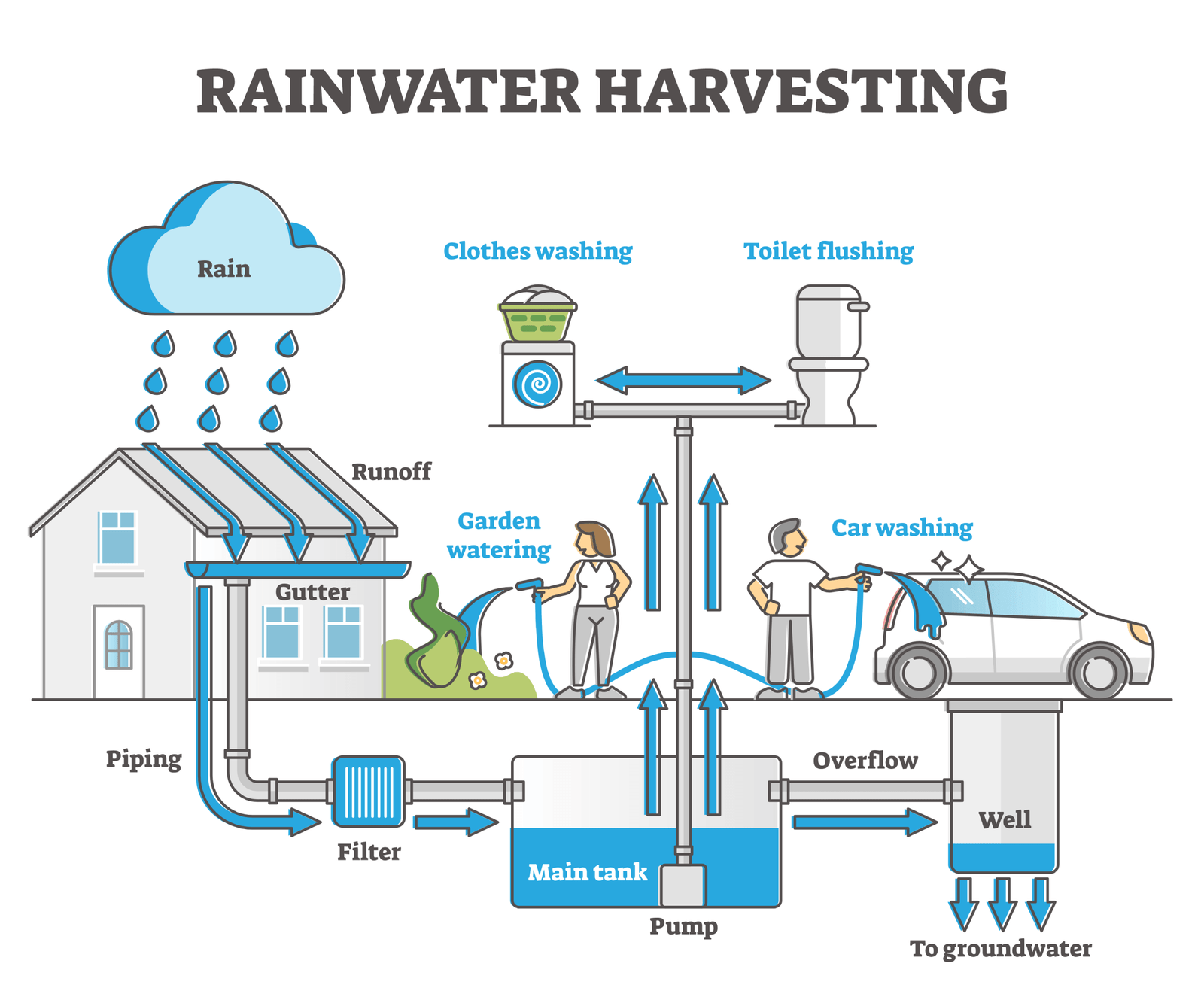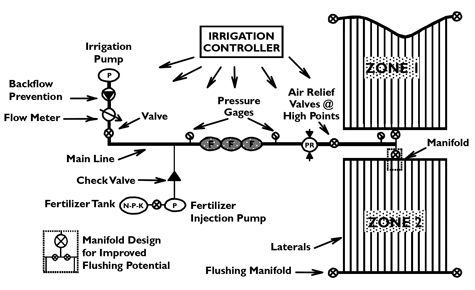Rainwater Harvesting Methods
Introduction of Rainwater Harvesting
Rainwater harvesting is the process of collecting, storing, and using rainwater for various purposes such as irrigation, domestic use, and even for non-potable uses like toilet flushing and laundry. This method helps in reducing the demand for municipal water supplies and conserving the limited water resources, especially in areas with water scarcity. The collected rainwater can be stored in tanks or cisterns, and the quality of the water can be improved through filtration and disinfection processes.

Method 1: Roof Catchment System
The roof catchment system involves collecting rainwater from your roof into a storage tank. This is a simple and cost-effective method that can be used for households and small businesses. To set up a roof catchment system, you will need to install gutters and downspouts on your roof, and connect them to a storage tank. The water collected can be used for non-potable purposes such as irrigation, toilet flushing, and laundry.

Method 2: Surface Runoff Collection
Surface runoff collection involves collecting rainwater that runs off surfaces such as driveways, sidewalks, and patios. This method can be achieved by creating simple channels or swales that direct water to a storage tank or rain garden. The collected water can be used for landscaping and gardening purposes.

Method 3:Subsurface Drip Irrigation
Subsurface drip irrigation involves collecting and storing rainwater underground and using a drip irrigation system to distribute the water to plants. This method is ideal for areas with limited space and can be used for large scale agricultural purposes. The system requires a storage tank, a pump, and a filtration system to ensure that the water is clean and safe for plants.





No comments:
Post a Comment